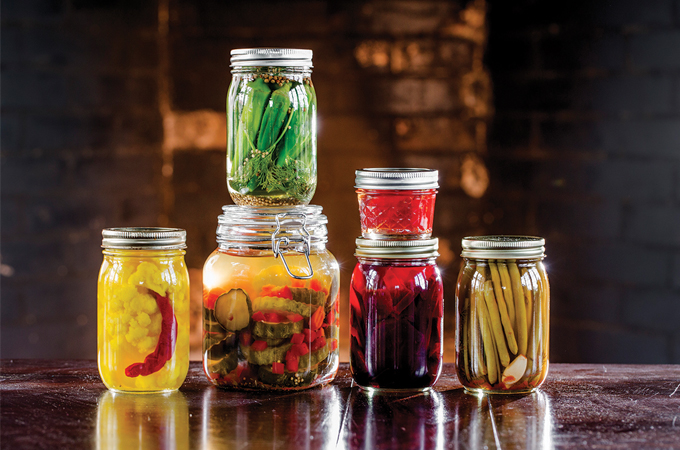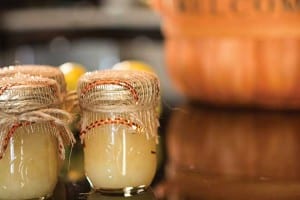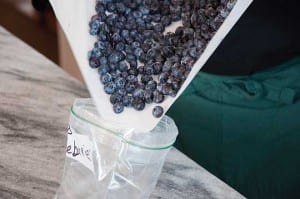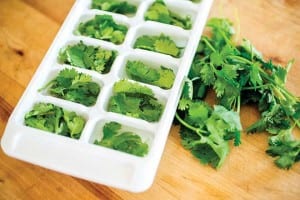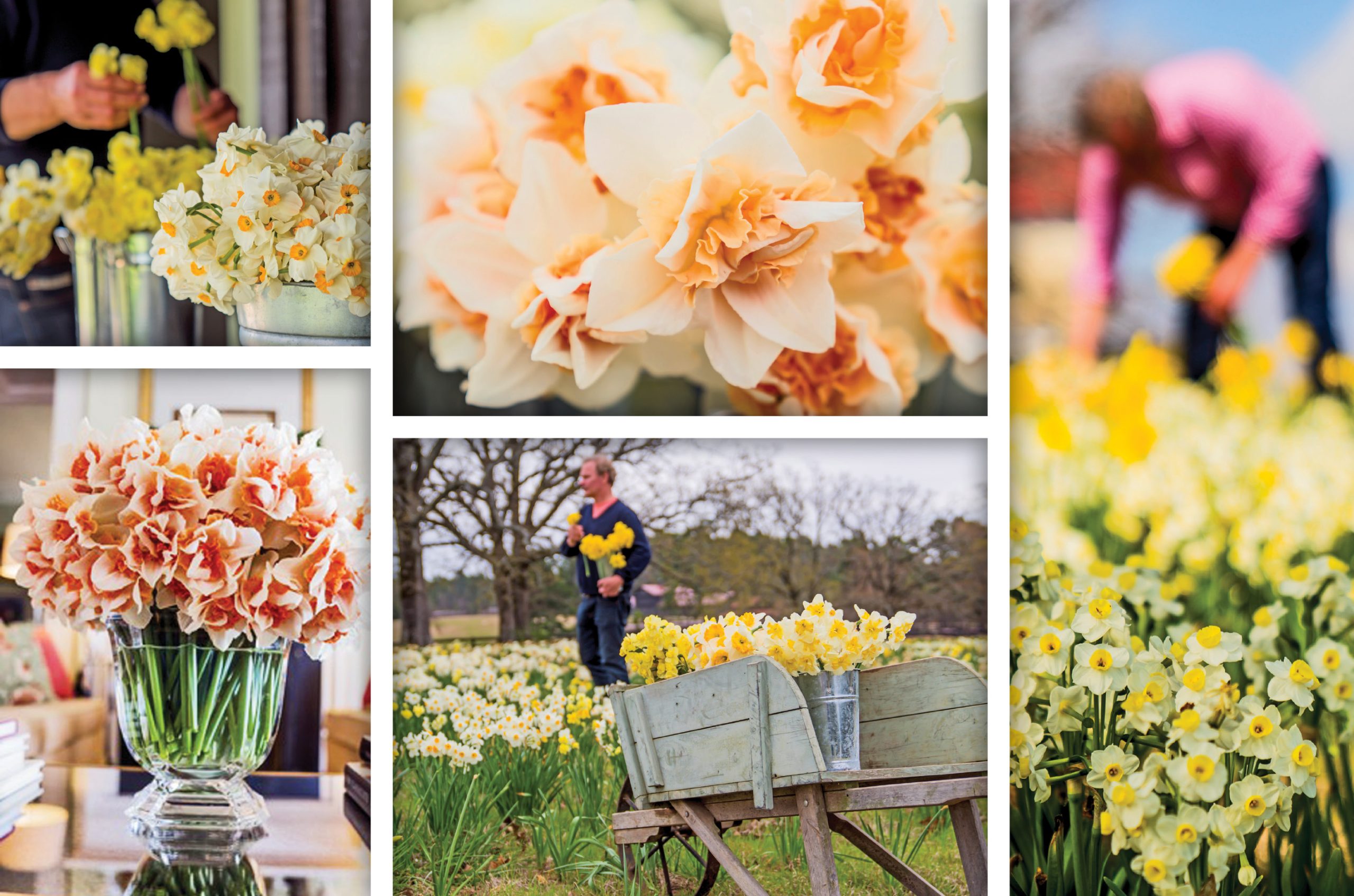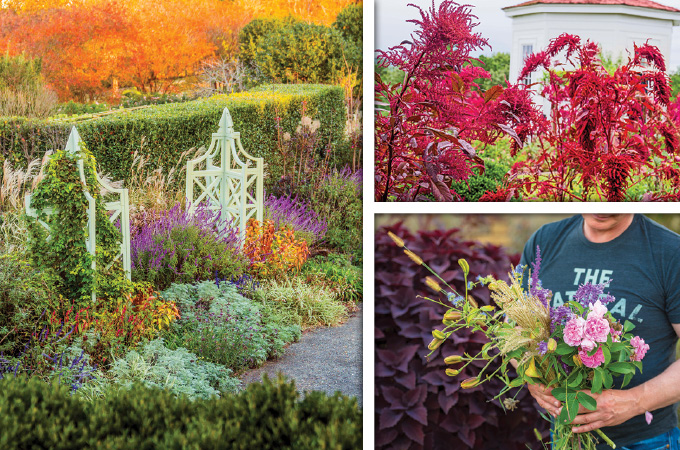As the summer winds down and we look forward to the cooler temperatures of fall, the thought of hanging up our garden tools may be enticing. But before you curl up into hibernation, there’s still a lot of work to be done! Late summer is a fruitful time in the garden. Mine is always bursting at the seams with ripe tomatoes, herbs, berries and vegetables. If you’re picking them faster than you can eat them, it’s time to look at ways to preserve your summer harvest. You can extend the life of your garden by canning, pickling, freezing and drying the fruits of your labor.
canning
There are two ways to can: using a pressure canner or the boiling water method. Both produce a tight vacuum in the jars to remove oxygen, keep air out, destroy enzymes, and prevent the growth of bacteria, yeasts and mold.
Canning can seem like a daunting task when you are just getting started. For one thing, you’ll need to buy some supplies (and find room in your pantry) for this project, but the benefits are an extended shelf life for your goods and big savings at the grocery in the coming months.
You’ll need Mason jars with threaded, self-sealing lids, which are available in ½ pint, pint, 1½ pint, quart and ½ gallon sizes—I prefer the wide-mouth jars. Jar lifters also are helpful, to make it easier to handle hot jars. You’ll also need a pot large and deep enough to hold the jars and still have room for water.
Or, you may want to invest in a pressure canner. Low-acid foods, like vegetables, should be preserved using a pressure canner. Highly acidic foods with a pH of 4.6 or higher—including all fruits, pickled or fermented vegetables, and jams and jellies—can be prepared with either a pressure canner or the hot water method.
pickling
Pickling is one of the oldest methods of preserving food. Traditional pickling happens when a fruit or vegetable is fermented and cured for about three weeks. There’s also a faster method known as quick pickling, where pickles are not fermented, but brined several hours or overnight with vinegar and seasonings. Tons of vegetables are delicious pickled, including cauliflower, cabbage, beans, peppers, onions and beets.
Photos by Jane Colclasure & Mark Fonville





